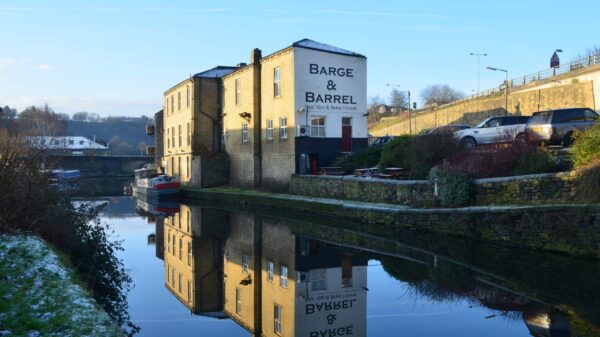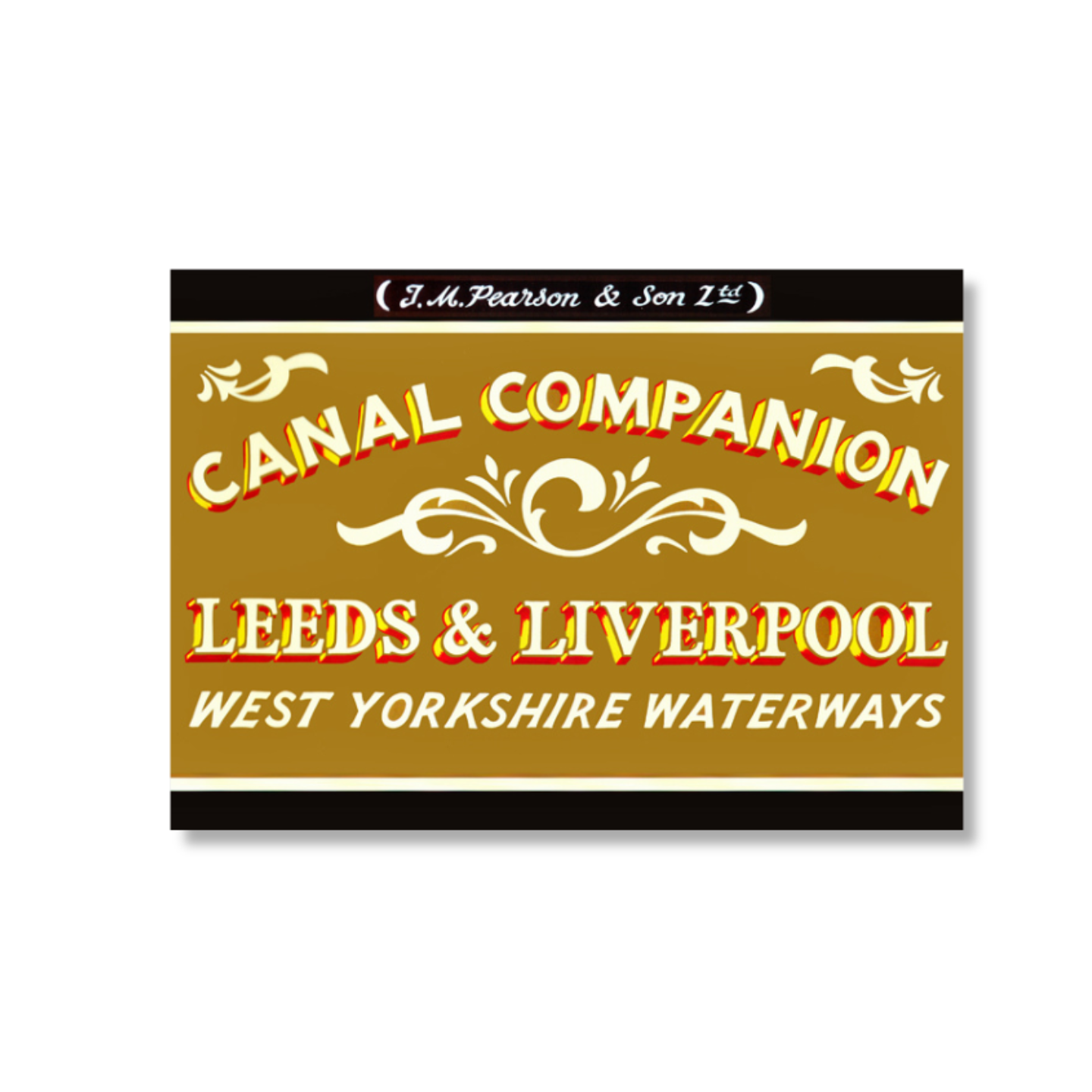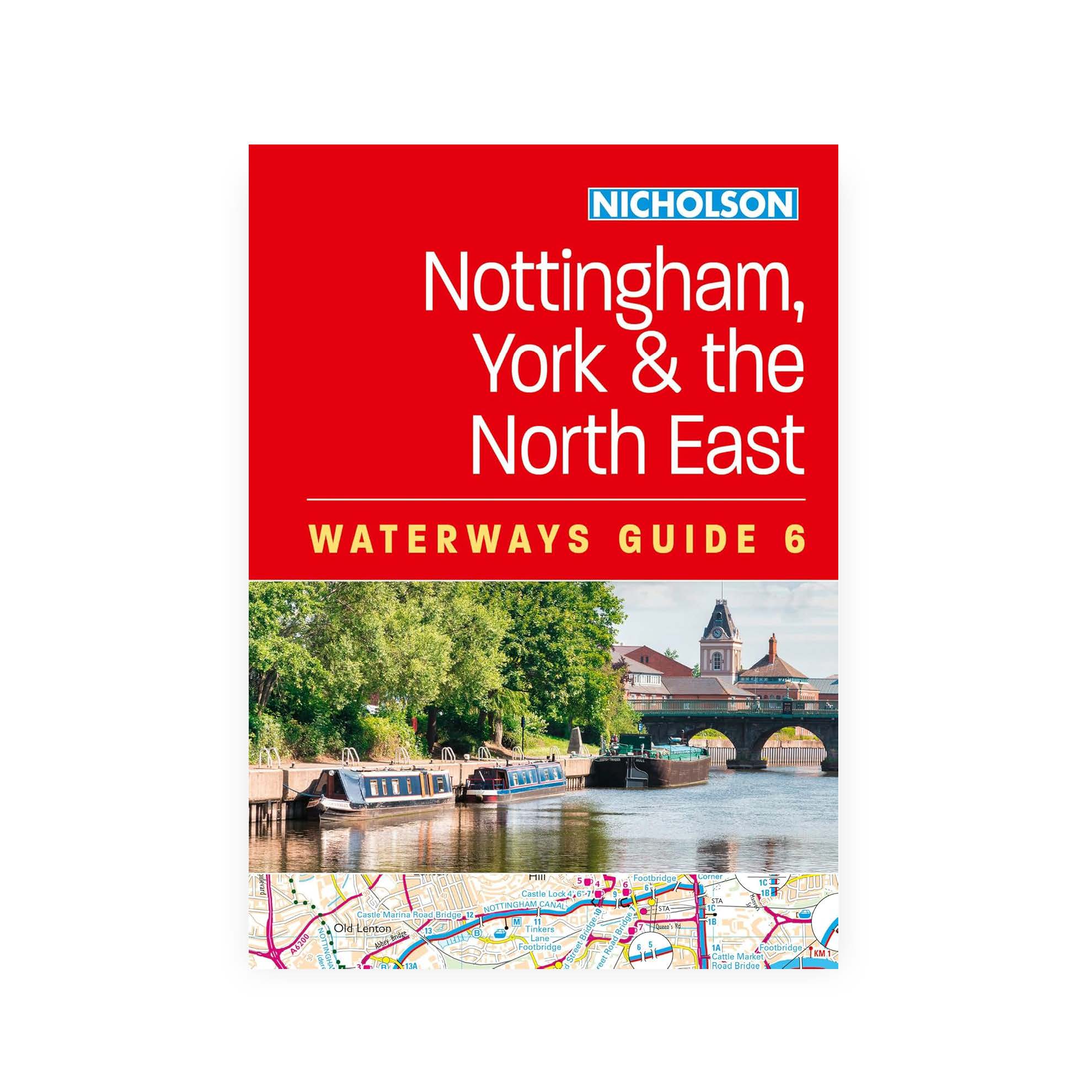Leeds to Goole
The navigation joins the Leeds & Liverpool Canal and the Yorkshire Ouse, with the Wakefield Branch joining at Castleford Junction. The River Aire leaves the navigation at Bank Dole Junction to join the Selby Canal at Haddlesey. The New Junction Canal (part of the Sheffield and South Yorkshire Navigation) joins the Navigation at Southfield Junction, 2 miles (3.2 km) downstream of Pollington.
The navigation remains an active commercial waterway today, carrying coal, oil, gravel and sand.
[The photo shows the redeveloped Clarence Dock in Leeds]




